DISCOURSE ANALYSIS
DISCOURSE ANALYSIS
Deborah Tannen is a professor in the linguistics department at Georgetown University, and her book You Just Don’t Understand: Women and Men in Conversation (2001) was on best-
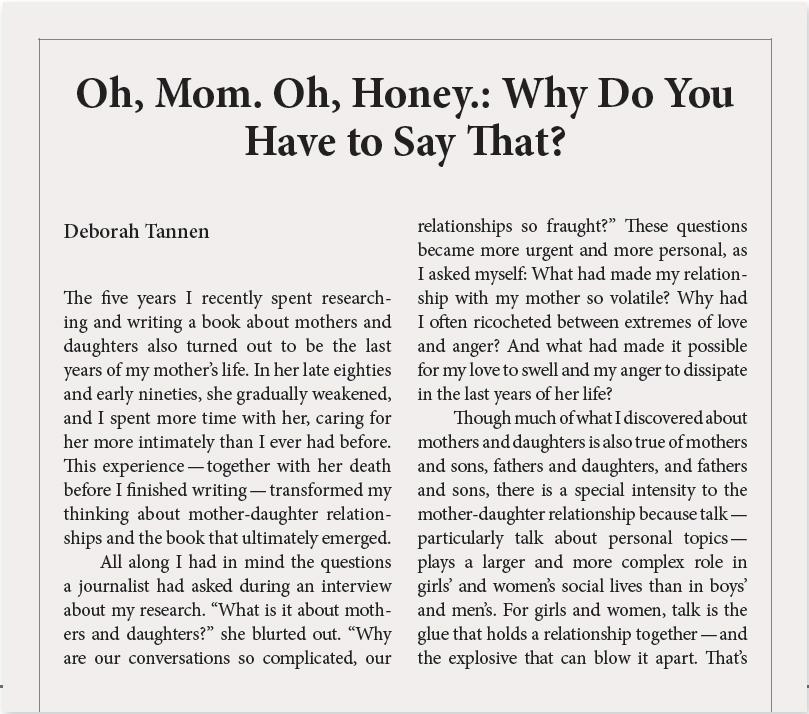
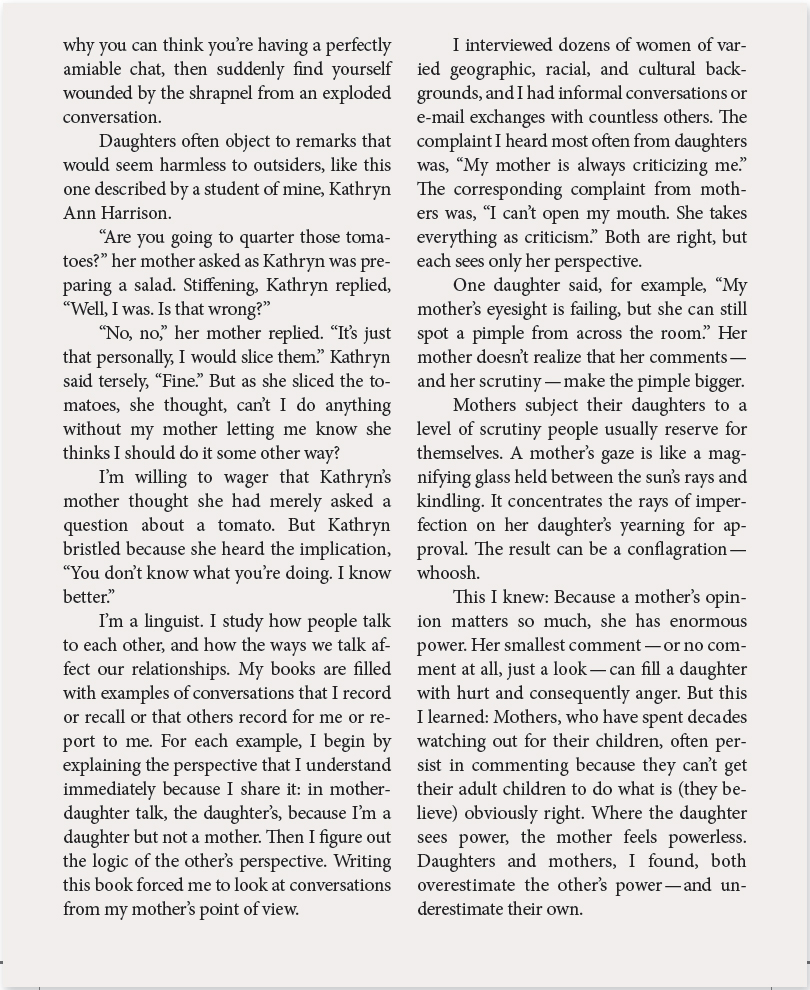
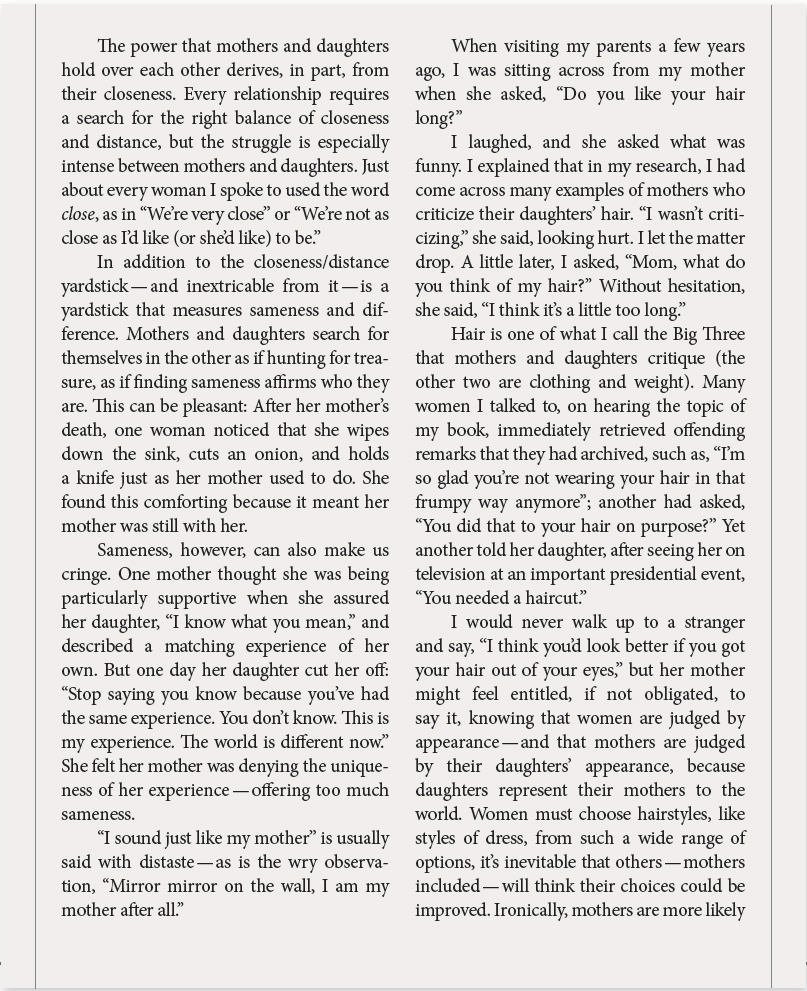
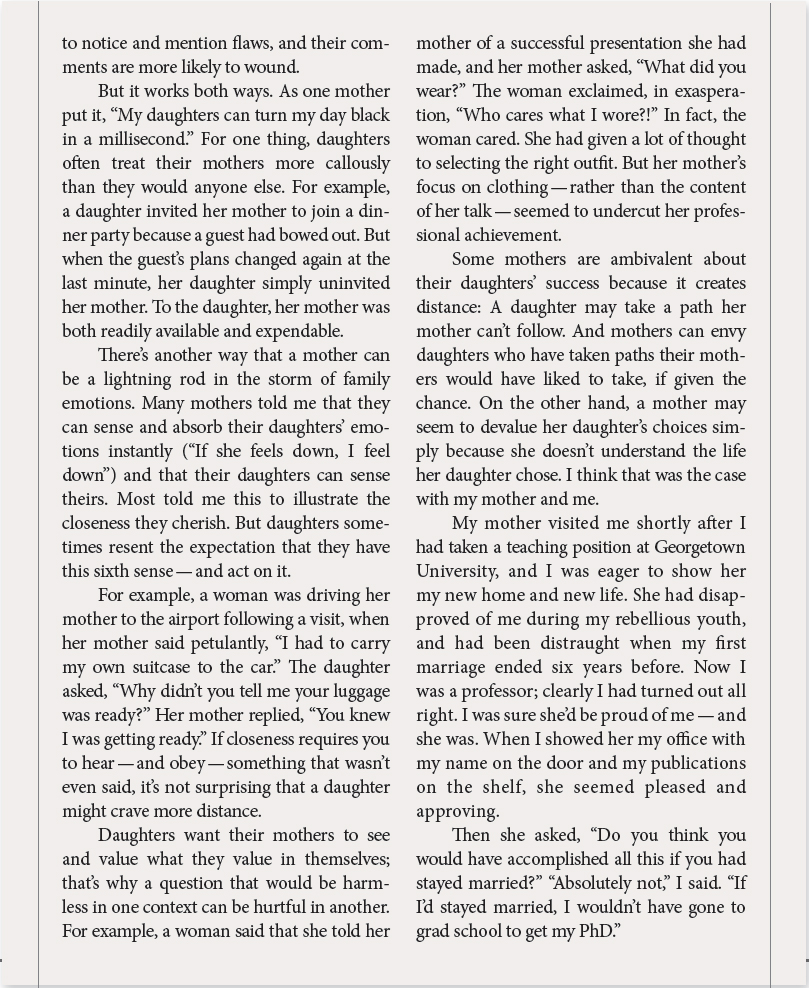
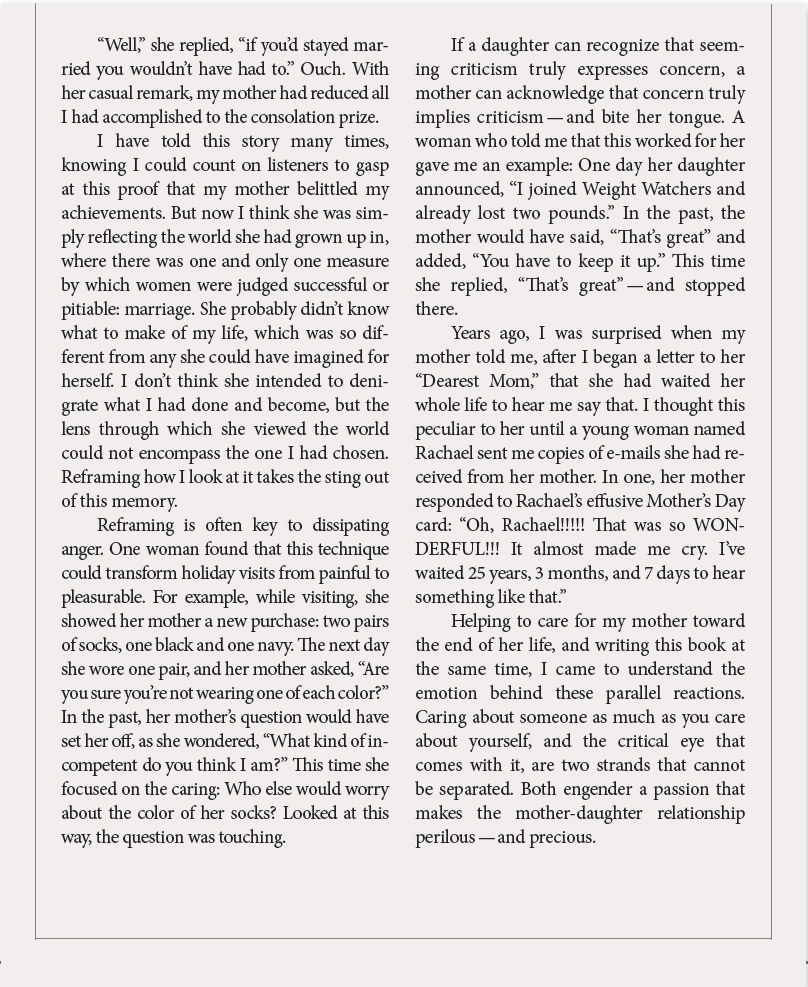
Reading the Genre
Deborah Tannen is a professor in the linguistics department at Georgetown University, and her book You Just Don’t Understand: Women and Men in Conversation (2001) was on best-





Reading the Genre